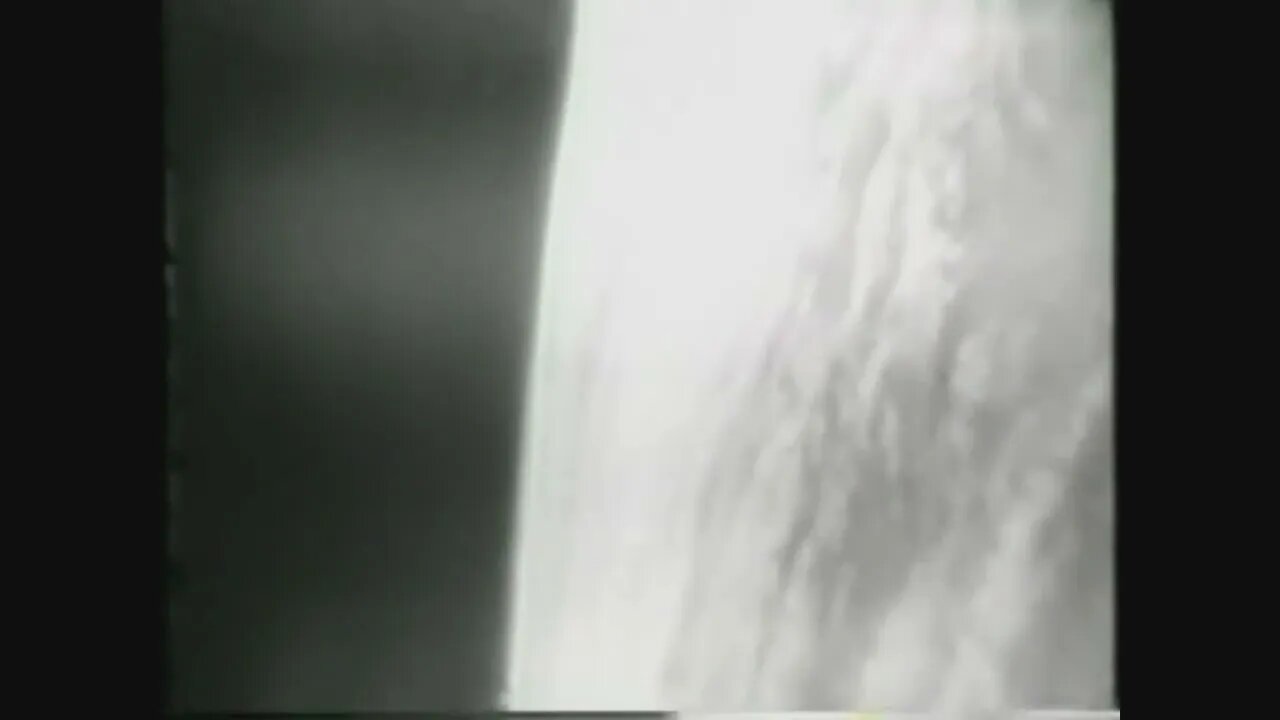Premium Only Content

NASA Echo II Launch 1964 12 Unidentified Flying Objects in 60 seconds
In 1964, NASA successfully launched Echo II, a significant milestone in the field of satellite communications. Echo II was an inflatable satellite with a diameter of approximately 41 meters (135 feet) when fully deployed. Its primary purpose was to serve as a passive reflector of radio signals.
Constructed from a lightweight polyester film coated with a reflective aluminum surface, Echo II was essentially a large, hollow sphere. It had a thickness of only a few micrometers, making it extremely thin and lightweight. Prior to launch, the satellite was compacted and stowed inside the payload fairing of the Thor-Delta rocket.
On January 25, 1964, the Thor-Delta rocket carrying Echo II lifted off from Launch Complex 17B at the Cape Canaveral Air Force Station in Florida. Once in space, the rocket released the satellite, allowing it to inflate and take its spherical shape. This inflatable design was chosen to minimize weight and maximize the surface area available for reflecting signals.
Echo II served as a passive communications relay, bouncing radio signals off its reflective surface to facilitate long-distance communication. By transmitting signals toward the satellite, ground-based stations could have them reflected back to a different location on Earth, effectively extending the range of communication beyond line-of-sight limitations.
The satellite's successful deployment and operation demonstrated the feasibility of using passive satellites for global communications. It proved that large, inflatable structures could be deployed and maintained in space, opening up possibilities for future satellite designs. The Echo II mission contributed valuable knowledge and laid the foundation for the development of active communication satellites that would later revolutionize global communications.
The Echo II satellite remained in orbit for several years, gradually losing altitude due to atmospheric drag. Eventually, in 1969, it re-entered Earth's atmosphere and burned up upon re-entry, safely disposing of the satellite.
Overall, the launch of NASA's Echo II satellite in 1964 marked an important step forward in satellite communications technology, demonstrating the effectiveness of large, inflatable satellites as passive reflectors of radio signals and paving the way for further advancements in global communication systems.
-
 0:05
0:05
The Relaxation Zone
2 years ago00244=32942=24612=25117
1.61K -
 2:07:44
2:07:44
Inverted World Live
6 hours agoPentagon Says it Solved UFO Cases, Tyler Robinson "Roommate" Missing | Ep. 113
27K14 -
 2:30:00
2:30:00
Badlands Media
12 hours agoDevolution Power Hour Ep. 392: Psyops, Paper Tigers, and the Path to Sovereignty
81.4K11 -
 3:02:08
3:02:08
TimcastIRL
6 hours agoLeftist Terror Attack On ICE In Dallas, Jimmy Kimmel Doubles Down Insulting MAGA | Timcast IRL
337K137 -
 1:17:35
1:17:35
Man in America
11 hours agoIs Starlink RIPPING Us Apart from the Inside Out? w/ Cory Hillis
41K15 -
 55:40
55:40
TheSaltyCracker
5 hours agoIdiots Chug Tylenol PT2 ReeEEStream 9-24-25
94.3K223 -
 5:55:01
5:55:01
Akademiks
6 hours agoYoung Thug Dissing YFN Lucci. Ready to Go back to Jail. Offset vs Cardi b
57.9K3 -
 7:07
7:07
Colion Noir
14 hours agoCalifornia Just Banned All Glocks
47.6K40 -

Adam Does Movies
7 hours ago $1.17 earnedTalking Movies + Ask Me Anything - LIVE
39K1 -
 1:23:56
1:23:56
Jamie Kennedy
5 hours agoChoosing Good in a World Gone Dark | Ep 223 HTBITY with Jamie Kennedy
33.9K6